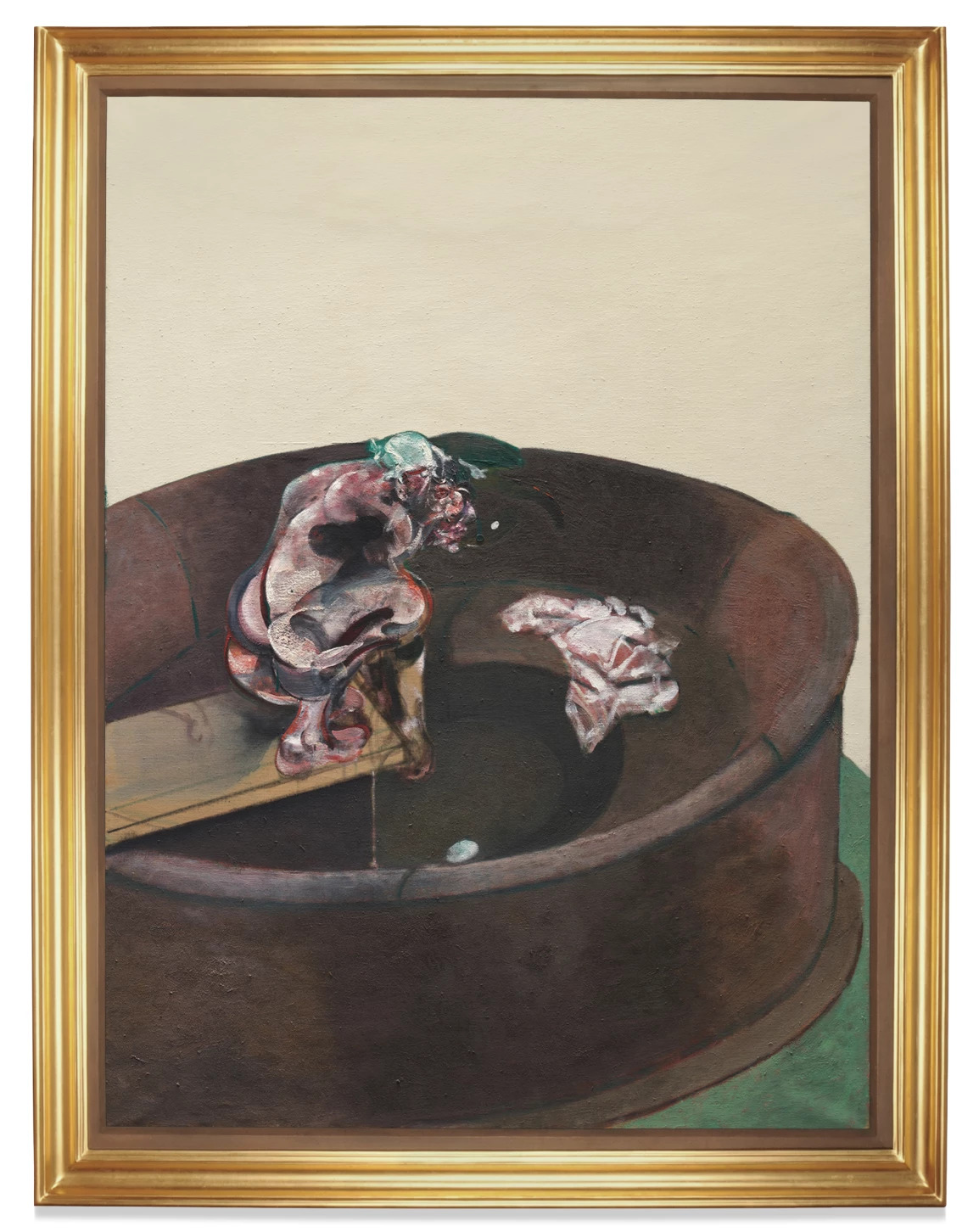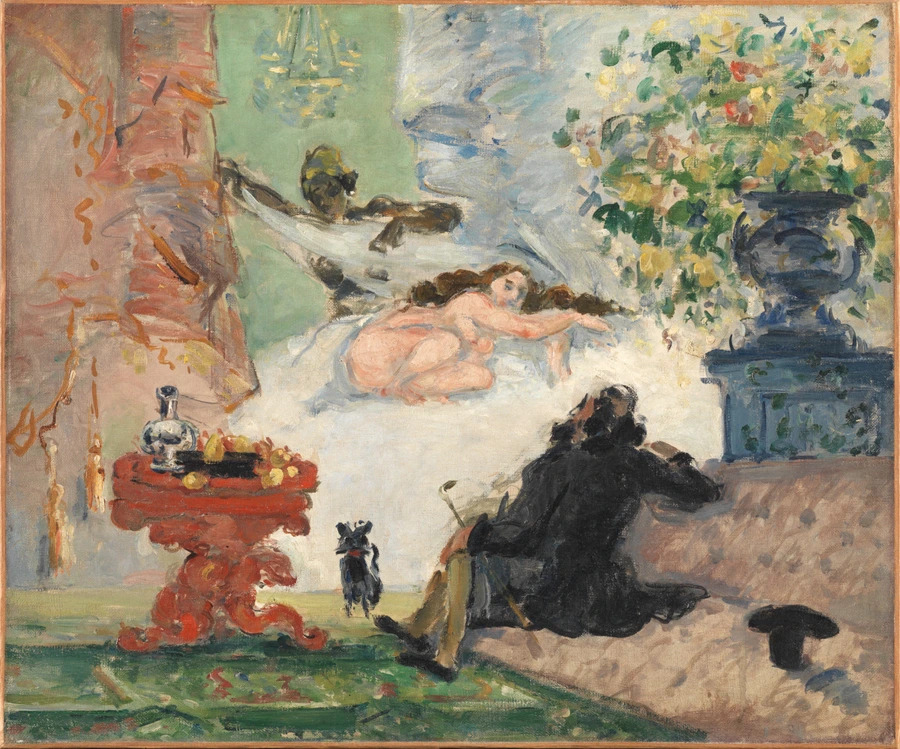Archaeologists from the University of Göttingen, excavating in the ancient village of Thorikos, located outside the city of Lavrio in southern Athens, have unearthed what is believed to be one of the earliest Iron Age residences in Greece, as reported by the Greek Reporter.
Thorikos, once nestled near a silver mine, boasted Mycenaean dwellings, commercial establishments, and dome-shaped tombs. Initially, the outer corner of the structure’s wall, identified by the team, was presumed to be one such tomb.
However, subsequent exploration revealed a significantly larger habitation, comprising five or possibly six chambers, alongside what appears to be a paved courtyard utilized between 950 BCE and 825 BCE. The discovery of a millstone and the presence of an “intricate layout” indicate that the dwelling likely accommodated inhabitants from a “highly developed civilization or a well-established social hierarchy.”
Thorikos is renowned as the site of the world’s oldest surviving theater, dating back to the conclusion of the Archaic era, approximately between 525 BCE and 480 BCE. Noteworthy beyond its antiquity, the theater stands out for its unique design. Unlike later Grecian theaters that adopt a circular form, the Thorikos theater boasts an elliptical shape with a rectangular orchestra. The silver mines located in nearby Lavrio, tracing their origins to 3,200 BCE, served as a principal source of wealth for Classical Athens.









